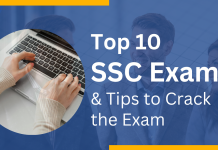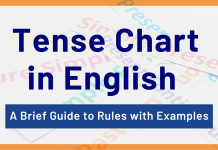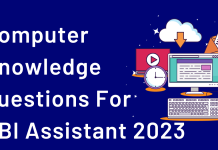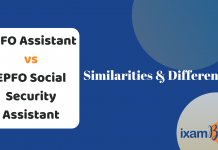With the announcement of SSC CGL notification in December 2021, SSC gave a golden opportunity to all aspiring candidates to look forward and plan for the journey towards their cherished goals. Being a most sought-after exam for passing out graduates, a small mistake on your part can lead to big regrets in the future. So before you take a leap towards SSC CGL preparation, it is very crucial to get aware of the SSC CGL syllabus 2022. A detailed insight into the SSC CGL syllabus will give you an idea for the construction of an effective study plan.
So why take a chance, when you have the resources to utilize time effectively. In this article, we have discussed the SSC CGL syllabus in detail for all tiers so that you have everything under one roof.

SSC CGL Selection Process
The SSC CGL 2021 recruitment is a four-stage process as mentioned below. The SSC CGL Tier 1 is scheduled to take place in April 2022.
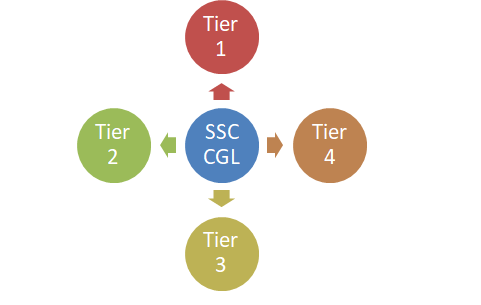
SSC CGL Syllabus 2022
As discussed above, each tier of the SSC CGL exam consists of different sections. Section-wise coverage of different topics covered in all Tiers of the SSC CGL exam is listed below. Also, get aware of the SSC CGL exam pattern to know which section has how much weightage.
The SSC CGL syllabus consists of various sections like General Intelligence and Reasoning, General Awareness, Quantitative Aptitude, English Comprehension, Statistics, General Studies (Finance and Economics). The topic wise coverage for each section is given below.
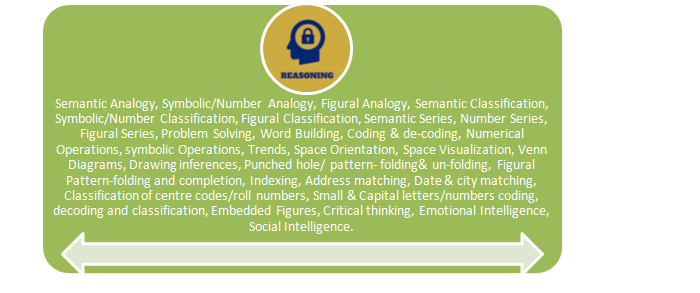
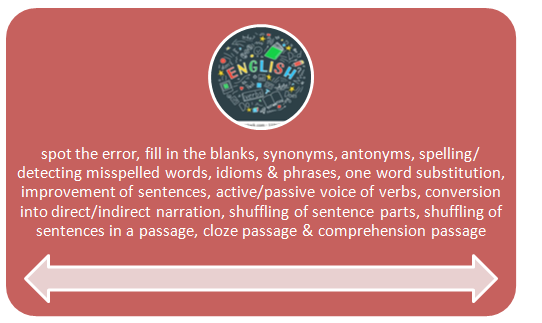
Once you have covered the Reasoning and English syllabus, it’s time to get hold of other sections like Quantitative Aptitude, General Awareness whose detailed information can be obtained from our SSC CGL syllabus page. If you have applied for the JSO / Statistical Investigator or Assistant Audit Officer/ Assistant Accounts Officer then knowing the syllabus of Statistics and General Studies (Finance and Economics) should be your focus. The SSC CGL syllabus for these two sections is quite broad and in depth. So you should cover the Statistics and General Studies (Finance and Economics) SSC CGL syllabus topic wise as given below.
Statistics
This section is covered in SSC CGL Tier 2 – paper 3. It is only for those candidates who have applied for the Junior Statistical / Statistical Investigator post and have cleared the SSC CGL Tier-I merit. There are total 12 topics covered under it. The detailed topic wise SSC CGL syllabus for Statistics is given below-
| Measures of Dispersion– Common measures dispersion – range, quartile deviations, mean deviation and standard deviation; Measures of relative dispersion. Correlation and Regression – Scatter diagram; simple correlation coefficient; simple regression lines; Spearman’s rank correlation; Measures of association of attributes; Multiple regression; Multiple and partial correlation |
| Collection, Classification and Presentation of Statistical Data – Primary and Secondary data, Methods of data collection; Tabulation of data; Graphs and charts; Frequency distributions; Diagrammatic presentation of frequency distributions |
| Random Variable and Probability Distributions – Random variable; Probability functions; Expectation and Variance of a random variable; Higher moments of a random variable; Binomial, Poisson, Normal and Exponential distributions; Joint distribution of two random variable (discrete |
| Measures of Central Tendency– Common measures of central tendency – mean median and mode; Partition values- quartiles, deciles, percentiles |
| Moments, Skewness and Kurtosis – Different types of moments and their relationship; meaning of skewness and kurtosis; different measures of skewness and kurtosis |
| Probability Theory – Meaning of probability; Different definitions of probability; Conditional probability; Compound probability; Independent events; Bayes’ theorem. |
| Statistical Inference – Point estimation and interval estimation, properties of a good estimator, Methods of estimation (Moments method, Maximum likelihood method, Least squares method), Testing of hypothesis, Basic concept of testing, Small sample and large sample tests, Tests based on Z, t, Chi-square and F statistic, Confidence intervals. |
| Sampling Theory – Concept of population and sample; Parameter and statistic, Sampling and non-sampling errors; Probability and non-probability sampling techniques (simple random sampling, stratified sampling, multistage sampling, multiphase sampling, cluster sampling, systematic sampling, purposive sampling, convenience sampling and quota sampling); Sampling distribution(statement only); Sample size decisions |
| Analysis of Variance – Analysis of one-way classified data and two way classified data |
| Index Numbers – Meaning of Index Numbers, Problems in the construction of index numbers, Types of index number, Different formulae, Base shifting and splicing of index numbers, Cost of living Index Numbers, Uses of Index Numbers. |
| Time Series Analysis – Components of time series, Determinations of trend component by different methods, Measurement of seasonal variation by different methods. |
General Studies
If you have applied for the post of Assistant Audit Officer/ Assistant Accounts Officer and have cleared SSC CGL Tier 1, you will have a paper on General Studies along with other papers in Tier 2. General Studies is different from General Awareness and consist of two parts
- Finance
- Economics
These two sections form an important part of the SSC CGL syllabus as they have a weightage of 80 and 120 marks respectively. Let’s check out the detailed SSC CGL syllabus 2022 for Finance and Economics from below.
Part A: Finance and Account
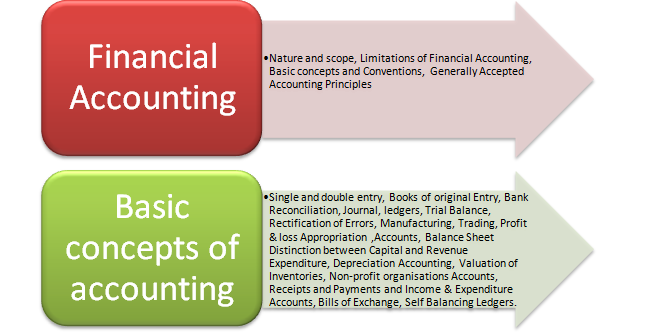
Part B: Economics and Governance
This section covers 10 topics whose detailed information is given below.
- Comptroller and Auditor General of India -Constitutional provisions, Role and responsibility.
- Finance Commission-Role and functions.
- Concept and introduction to Microeconomics: Definition, scope and nature of Economics, Methods of economic study and Central problems of an economy and Production possibilities curve.
- Theory of Demand and Supply: Meaning and determinants of demand, Law of demand and Elasticity of demand, Price, income and cross elasticity; Theory of consumer’s behaviour, Marshallian approach and Indifference curve approach, Meaning and determinants of supply, Law of supply and Elasticity of Supply.
- Production and cost theory: Meaning and Factors of production; Laws of production- Law of variable proportions and Laws of returns to scale.
- Market Types and price determination in different markets: Various forms of markets-Perfect Competition, Monopoly, Monopolistic Competition and Oligopoly and Price determination in these markets.
- Indian Economy: Nature of the Indian Economy Role of different sectors Role of Agriculture, Industry and Services-their problems and growth; National Income of India-Concepts of national income, Different methods of measuring national income. Population-Its size, rate of growth and its implication on economic growth. Poverty and unemployment- Absolute and relative poverty, types, causes and incidence of unemployment. Infrastructure-Energy, Transportation, Communication.
- Economic Reforms in India: Economic reforms since 1991; Liberalisation, Privatisation, Globalisation and Disinvestment.
- Money and Banking: Monetary/ Fiscal policy- Role and functions of Reserve Bank of India; functions of commercial Banks/RRB/Payment Banks. Budget and Fiscal deficits and Balance of payments. Fiscal Responsibility and Budget Management Act, 2003.
- Information Technology role in Governance.
With a belief that your SSC CGL exam preparation is in full swing, wishing you good luck for all upcoming exams.
Also Read
Get Free Online Test Series, GK updates in form of Beepedia, as well as latest updates for Bank PO, Bank Clerk, SSC, RBI, NABARD and Other Government Jobs.





